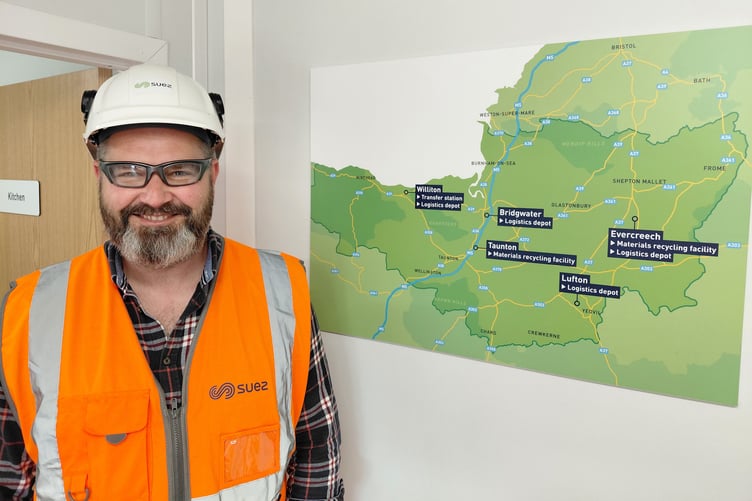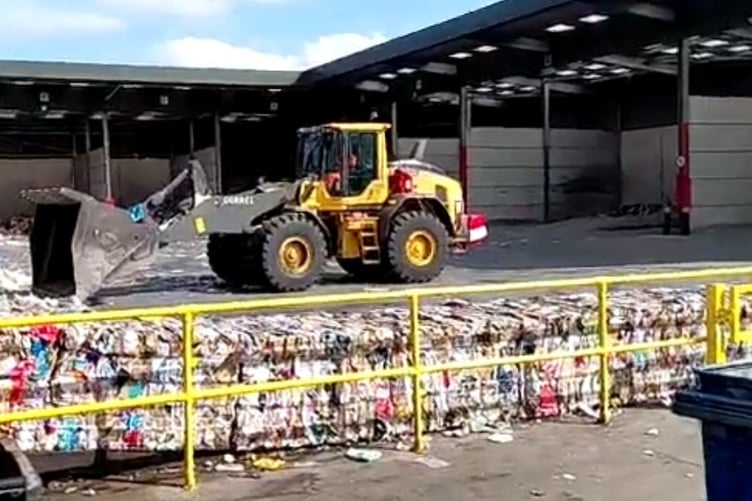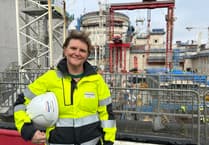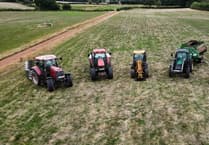AN explanation of what happens behind the scenes in Somerset’s recycling centres has been given as residents were again urged to avoid contaminating kerbside waste with gas canisters and batteries.
Somerset Council and contractor Suez collect thousands of tonnes of waste from homes every year, with more and more material being recycled locally.
Large quantities of recycling are processed in the Taunton materials recycling facility (MRF), with cardboard from home deliveries baled up and shipped off to be turned into new packaging for UK businesses.
However, Suez still finds gas canisters and batteries mixed in with regular household waste and staff have to fish them out by hand to prevent fires.
Suez senior production manager Philip de Wavrin said about 100 vehicles a day were handled by the Taunton MRF with waste being tracked from the moment it left the kerbside through every process until it was transported off site.
The facility and its sister site in Evercreech, near Shepton Mallet, process more than 70,000 tonnes of recycling in an average year, equivalent to the weight of about 5,000 double decker buses.

Mr de Wavrin said: “There is quite a lot of food waste being collected, and we are continually trying to encourage people to separate food waste from the general bin waste.
“Recovering it is great for the environment, because it is now being used for energy and in agriculture, so we really want to encourage people to separate their food waste.”
On entering the MRF, waste collection trucks are weighed and have food waste compartments removed and emptied via forklift trucks.
They move to a series of parking bays where glass, paper, and cardboard are emptied and kept separate, before cans and plastics are deposited together.
Taunton MRF has seen a sharp increase in the amount of cardboard it processes, reflecting the rise in online shopping and home deliveries since the coronavirus pandemic.
Once the cardboard has been separated, it is compressed and baled, allowing it to be transported compactly to mills across the UK to be turned into new packaging.
Mr de Wavrin said: “The delivery process is now the norm, everybody gets things online.
“It is not a bad thing, though, because cardboard is very good for recycling.
“We bale the cardboard with needles and wires, it is basically like threading a needing and doing a bit of embroidery with steel.
“The bales are much easier to manipulate.
“We can move the bales where we need to, store them, and then it is easy to load them when the time comes.
“It also massively reduces the carbon footprint, because it reduces the number of vehicles needed to transport it.”
Mixed cans and plastics are pulled through along a conveyor belt, with the workforce removing contaminating items.
After this, steel and aluminium cans are separated using powerful electromagnets, with the aluminium ‘levitating’ over the plastic using eddy current units.
A hundred per cent of all glass can be recycled, while paper and cardboard is slowly creeping toward the milestone as technology improves.





Comments
This article has no comments yet. Be the first to leave a comment.